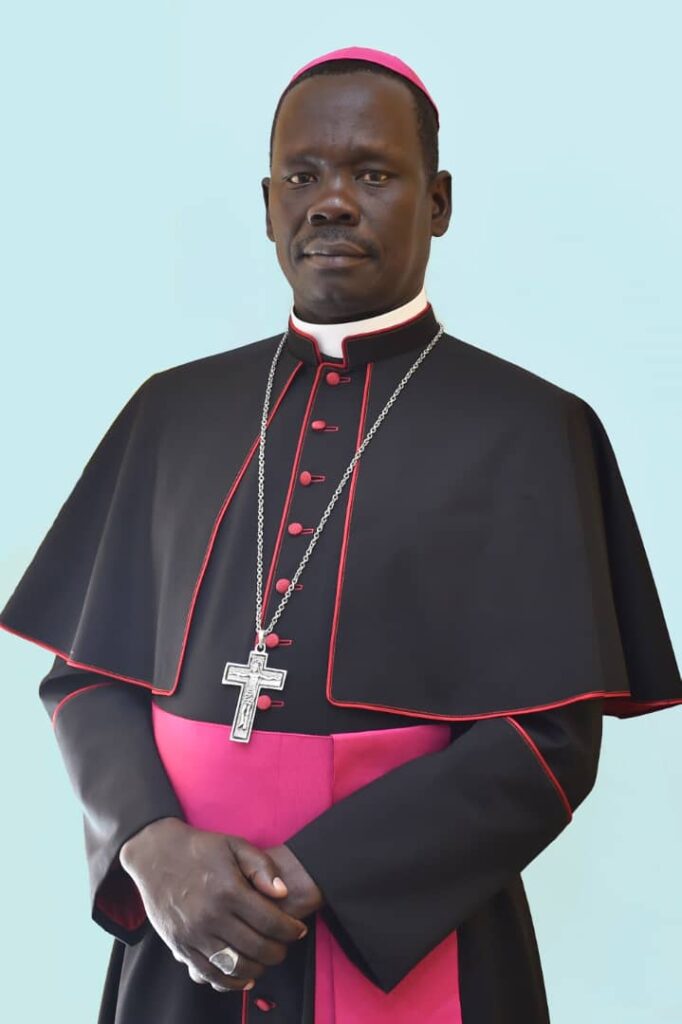The Catholic Diocese of Yei is still the youngest Diocese in South Sudan and Sudan. It was detached from Catholic Diocese of Rumbek. After its creation on 21st March 1986, no other Diocese has been created so far in the Sudan and South Sudan.
The Diocese covers a geographical area of about 46,000 sq kms; comprising of seven (7) political and civil administrative divisions called counties, namely: Yei River County, Morobo County, Kajokeji county, Lainya county in Central Equatoria State; and Mundri East county, Mundri West county and Mvolo county in Western Equatoria State. The total general population of these counties is 934,600 inhabitants, as per the census of 2010, of whom over 300,000 are Catholics.
The Diocese is bordered by the Diocese of Mahagi (in the Democratic Republic of Congo) to the southwest; Diocese of Tombura-Yambio to the west; Diocese of Rumbek to the north; Archdiocese of Juba to the northeast; Diocese of Torit to the east and Diocese of Arua (in the Republic of Uganda) to the south.
The Diocese has never developed to the expectations of its population due to majorly two factors. First, the Diocese had a bitter beginning, especially in relation to the appointment of the first Bishop. Some members of the Christian community (mainly the clergy) in the new created Diocese did not accepted the appointment of the Bishop. In fact, after his ordination as bishop on 28th November 1986, he could not be allowed to enter the Diocese and take the canonical possession of it. He had to take possession of the Diocese by proxy on 14th December 1986, and lived in the Archdiocese of Juba for over ten (10) years. During all these years the Bishop had to make confident building mainly with the Christian community in the refugee camps in Uganda and Congo, during the Sudan People’s Liberation Movement/Army (SPLM/A) civil war. Thus, he was allowed to enter the Diocese only in 1999 and seated on his cathedra by the Apostolic Nuncio to Sudan, His Grace Marco Dino Brogi.
Second, the civil wars in the country also retarded the growth of the Diocese in its pastoral institutions and social-economic infrastructures. Hardly three years after its erection in 1986, its population was forced into exile in Uganda and the Democratic Republic of Congo (DRC) due the intensifying war between the then government of Sudan and the rebels of the Sudan People’s Liberation Movement/Army (SPLM/A). The exiled population entirely returned to the country only in 2006, when the Comprehensive Peace Agreement (CPA) was signed between the rebels and the government of Sudan in 2005. Thus, social reconstruction and pastoral-spiritual formation started only when the larger population of the Diocese got resettled in the territory of the Diocese.

Unfortunately, this was not to last long when another civil war was to break out in 2013, and intensified in 2016; forcing almost 60% of the population of the Diocese into exile in Uganda and the Democratic Republic of Congo (DRC). The other 40% of the population remained in the Diocese under tough socio-economic and political situation. Another destruction of institutions of service was again witnessed.
